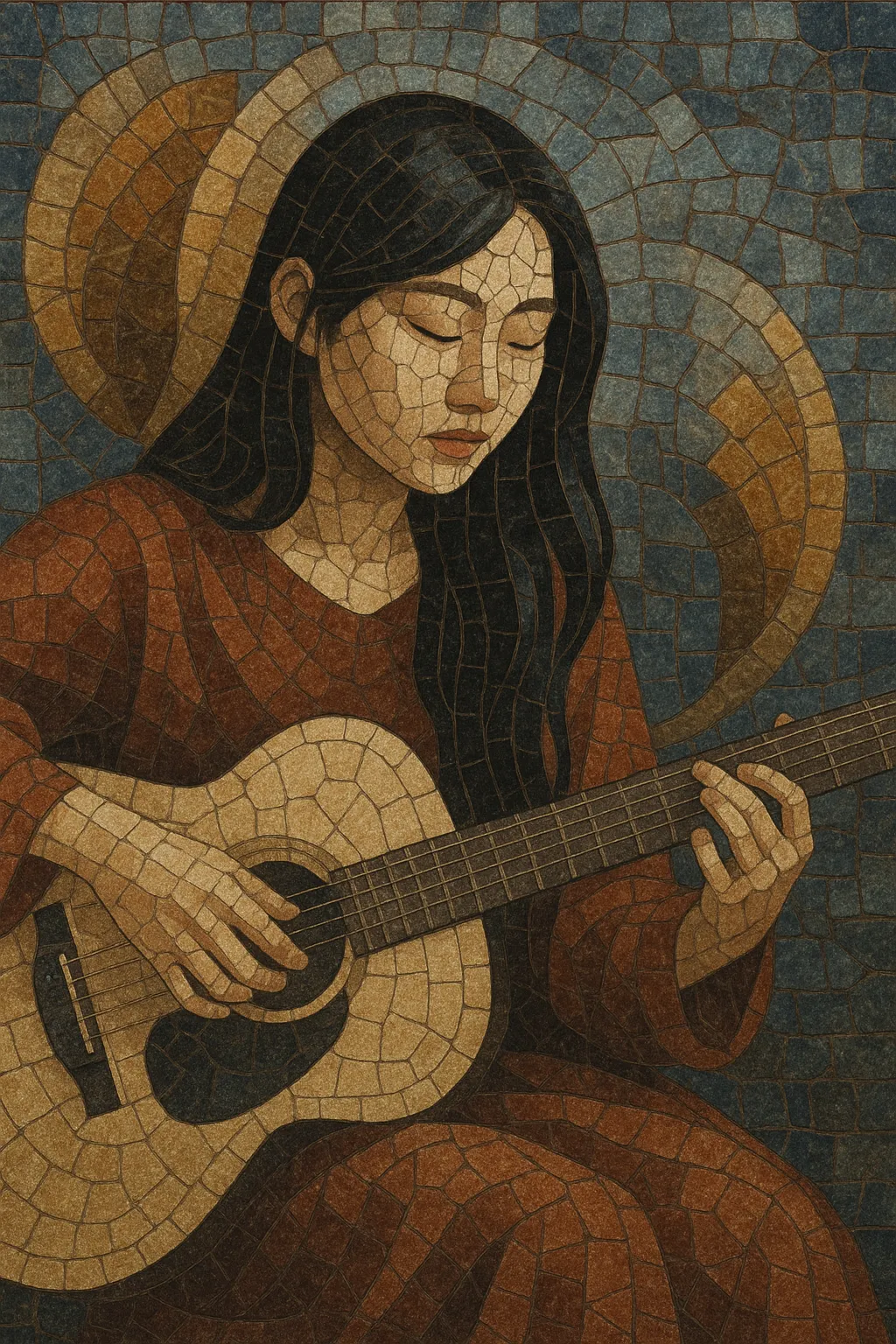
Korean ballad (often called K-ballad) is a slow- to mid-tempo strand of Korean popular music centered on emotive vocals, lush melodies, and dramatic climaxes.
It typically features piano- or acoustic-guitar-led accompaniment, orchestral strings, and polished pop production, with lyrics that dwell on love, longing, parting, and memory.
Musically, it blends Western pop ballad and soft rock harmony with R&B phrasing, frequent key changes for the final chorus, and expressive techniques such as melisma, vibrato, and dynamic swells.
Since the 1990s, the style has also been tightly associated with K-drama OSTs, where its sentimental pull and cinematic arrangements reached wide audiences across Asia and beyond.
Korean ballad emerged in the late 1980s as Korean pop shifted away from trot toward a Western-style pop ballad and soft-rock sensibility. Early stars such as Lee Moon-sae and Byun Jin-sub helped codify the slow, piano- and guitar-driven sound, emphasizing heartfelt storytelling and clean melodic lines. Broadcast music shows and cassette/CD culture amplified its reach among youth and adult listeners alike.
The 1990s solidified the genre’s mainstream dominance. Shin Seung-hun, often dubbed the "Emperor of Ballads," and artists like Jo Sung-mo and early Park Hyo-shin popularized soaring melodies, key-change finales, and virtuosic yet controlled vocal delivery. Arrangements grew more orchestral, and the verse–pre-chorus–chorus–bridge form with a climactic last chorus became standard. Karaoke culture further entrenched ballads as a staple of everyday musical life.
The Korean Wave (Hallyu) aligned ballads with K-drama OSTs. Songs by Kim Bum-soo, Baek Ji-young, and Gummy became synonymous with hit dramas, bringing the style to pan-Asian audiences. Vocal groups such as SG Wannabe and Davichi fused classic ballad writing with contemporary R&B textures, rich harmonies, and string sections, while soloists refined a more R&B-inflected ballad vocalism.
Streaming-era stars (e.g., K.Will, Lyn, and Ailee) maintained chart success with winter-season ballads, cinematic OSTs, and crossover collaborations. Production incorporated subtle electronic pads, ambient textures, and modern mixing while preserving the core pillars—piano, strings, narrative lyrics, and dynamic climaxes. International exposure via dramas, YouTube, and platforms helped cement Korean ballad as a recognizable East Asian ballad template that influences neighboring pop scenes.

